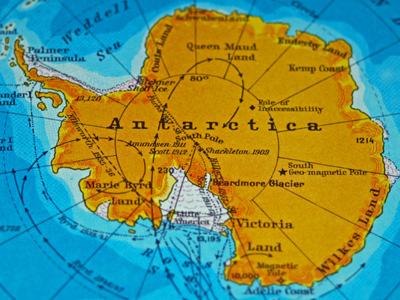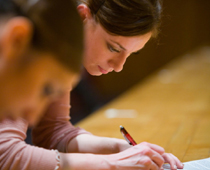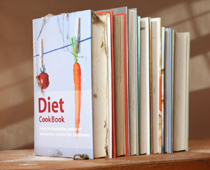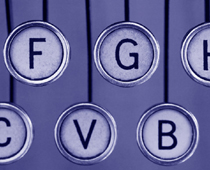
Ask the AI Tutor
Need help with Writing Recounts? Ask our AI Tutor!
AI Tutor - Lucy
Connecting with Tutor...
Please wait while we establish connection

In 1912, the British explorer, Captain Scott, led an expedition to Antarctica.
Writing Recounts
Writing recounts helps pupils tell stories about real events in order. This KS2 English quiz explores how to write clearly, using time connectives and past tense.
To see a larger image, click on the picture.
1 .
The introduction to a recount usually sets the scene. What does this mean?
The introduction gives stage directions.
The introduction lists the contents of the recount.
The introduction mentions who was involved and where the events happened.
The introduction tells the reader everything that happened.
The introduction usually answers a few of these questions: Who? What? When? Where? How? Why?
2 .
3 .
4 .
Which of these connectives are you most likely to find in a recount?
Firstly, secondly, lastly.
Additionally, similarly, however.
Furthermore, in addition, moreover.
First, then, next, meanwhile.
These are known as 'sequencing' connectives. Sequencing connectives are essential to writing about the order in which events occurred. Other connectives may also be used, but are not essential.
5 .
6 .
7 .
8 .
9 .
**Unlimited Quizzes Await You! 🚀**
Hey there, quiz champ! 🌟 You've already tackled today's free questions.
Ready for more?
Ready for more?
🔓 Unlock UNLIMITED Quizzes and challenge yourself every day. But that's
not all...
not all...
🔥 As a Subscriber you can join our thrilling "Daily Streak" against other
quizzers. Try to win a coveted spot on our Hall of Fame Page.
quizzers. Try to win a coveted spot on our Hall of Fame Page.
Don't miss out! Join us now and keep the fun rolling. 🎉
**Unlimited Quizzes Await You! 🚀**
Hey there, quiz champ! 🌟 You've already tackled today's free questions. Ready for more?
🔓 Unlock UNLIMITED Quizzes and challenge yourself every day. But that's not all...
🔥 As a Subscriber you can join our thrilling "Daily Streak" against other quizzers. Try to win a coveted spot on our Hall of Fame Page.
Don't miss out! Join us now and keep the fun rolling. 🎉
















